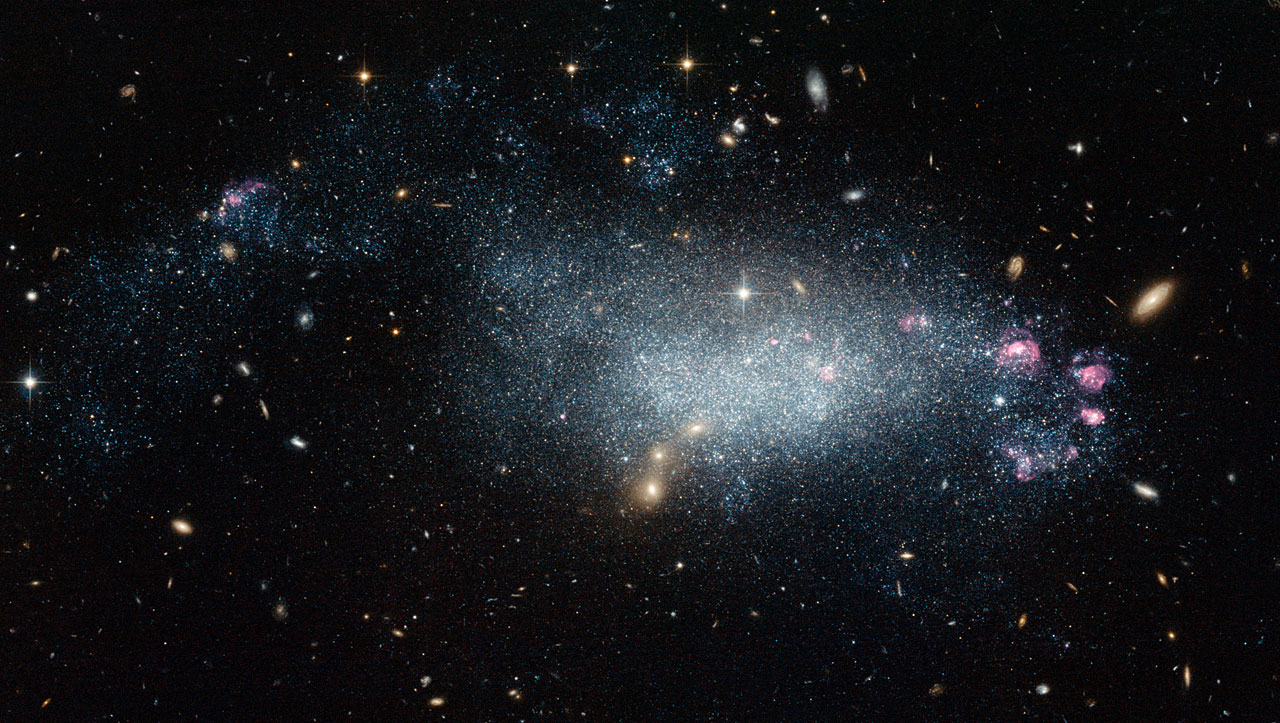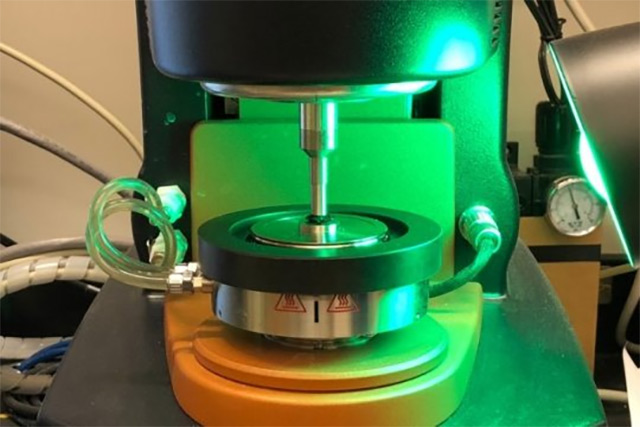ISS experiment determines that spaceships can rely on blinking dead stars to navigate outer space
01/23/2018 / By David Williams

At this point, getting lost here on Earth isn’t that big of a deal anymore. There are plenty of navigation and mapping systems in place that you — or anyone that might be looking for you — could use. And the best part is that the results from these systems can be gathered in a matter of minutes, if not seconds, with almost pinpoint accuracy.
In the vastness of outer space, that’s not that case. If you get lost in outer space, it’s not like you can rely on a space-focused GPS system that will tell you exactly where you are, where you’re headed, and how you can get there. So how exactly are experts planning to solve this problem?
By using the remnants of dead stars, of course. Space is filled with all sorts of different things, but among the most abundant — and you can see this immediately for yourself as soon as you look up at the night’s sky — are none other than stars. Stars are known to be so far away that they can die and you or any other observer — from a far enough distance — wouldn’t have a clue because the distance that light has to travel is just that far. Now scientists at the International Space Station (ISS) have found a way to make good use of this phenomenon.
During a meeting of the American Astronomical Society, a news conference confirmed that future spacecraft could rely on the light of dead stars as a viable form of navigation. This is according to data from an experiment conducted at the ISS, where they tried using nothing more than the timing of radiation bursts from so-called pulsating stellar corpses in order to determine a specific object’s location. As a report on the experiment and its results states, “The technique operates like a stellar version of GPS,” and the finding signifies a win for researchers with the Station Explorer for X-ray Timing and Navigation Technology experiment (SEXTANT).
In case you didn’t know, a pulsar is what they call dead stars that give off beams of radiation which end up sweeping pat the Earth at regularly timed intervals. These beams of radiation are functionally just like the rotating beams of a lighthouse, and evidently can be used for navigation just like them as well. According to a report on the experiment, it’s not unlike the way GPS is used to time satellite signals and determine the exact location of a cellphone. “It would mean spacecraft would no longer have to rely on radio telescope communications to find their coordinates,” the report stated.
To conduct the experiment, SEXTANT relied on an array of 52 separate X-ray telescopes, which were all used to measure the signals from a total of five pulsars. The researchers then analyzed all the signals and were later able to locate SEXTANT’s exact position to within 10 km, just as it orbited Earth on the ISS. This information came straight from Keith Gendreau of the National Aeronautics Space Agency (NASA) Goddard Space Flight Center in Greenbelt, Maryland. (Related: NASA’s space station live feed goes offline again; just after the sighting of a glowing object moving toward Earth.)
It’s not the most accurate solution imaginable, but at least it’s a fully-working one. On the ground, GPS can do so much better than this setup, but since GPS isn’t available in outer space, those who want to partake in interstellar space travel might one day have to settle for this pulsar-based alternative instead.
Read more about the latest updates on outer space in Space.news.
Sources include:
Tagged Under: interstellar travel, NASA, navigation, outer space, space exploration, space navigation, space travel, spaceships, weird science


















